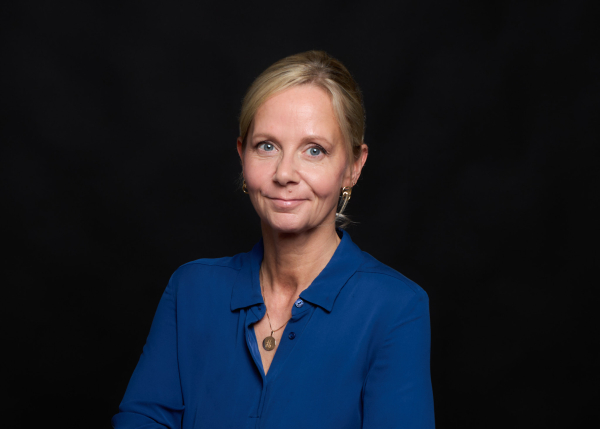Helene Schjerfbeck
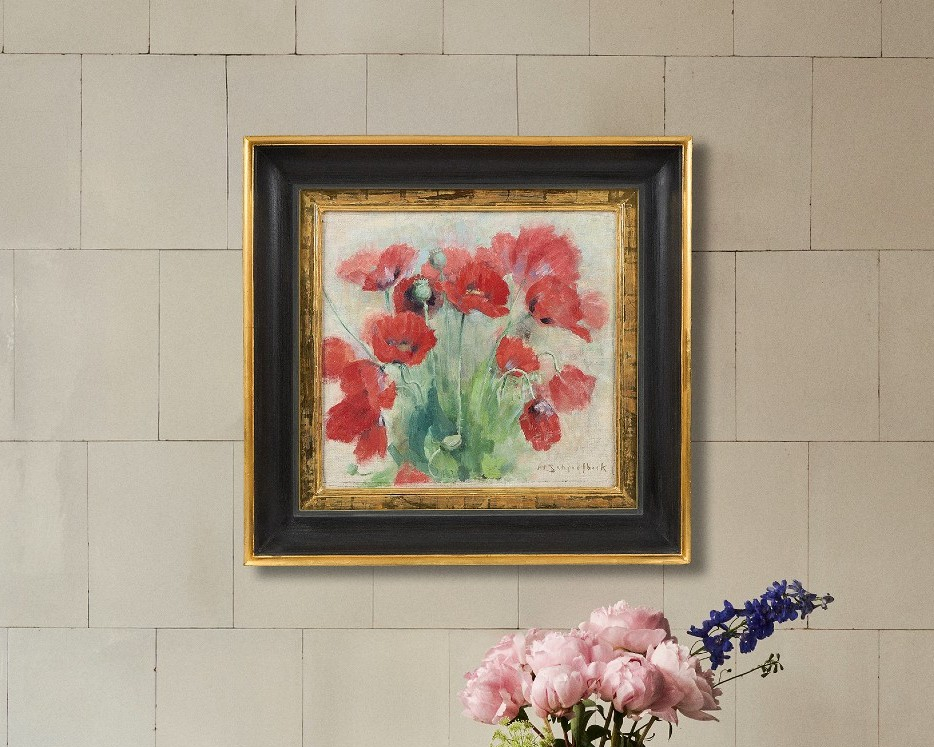
We are proud to present a fine collection of Finnish art, including works by Helene Schjerfbeck, to be offered at our Spring Auction on May 25. You are warmly welcome to visit the viewing 20–25 May in Helsinki or contact our specialist for more details!
Viewing 20-25 May, Eteläranta 14, Helsinki
Viewing opening hours weekdays 10-18, sat-sun 11-15
Auction online 25 May
.
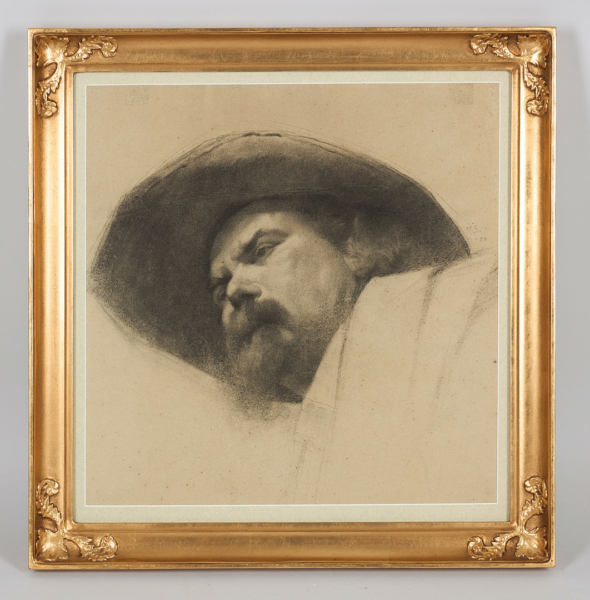
Helene Schjerfbeck began her studies in Paris in November 1880 at Madame Trélat de Vigny’s Academy for Women, where her friend and fellow artist Helena Westermarck had already been studying during the previous semester. By January of the following year, both artists had moved to the Académie Colarossi. This spectacular charcoal drawing is clearly dated 1880, indicating that it was most likely created during Schjerfbeck’s brief time at Madame Trélat de Vigny’s studio. It is possible that the same models were used across multiple studios, a common practice at the time, as was the case with visiting teaching artists. In this piece, Schjerfbeck presents a challenging downward angle of a bearded male model. The wide-brimmed hat serves as a unifying compositional element. The model’s stern expression is rendered with convincing presence, and the delicately sketched brim guides the viewer’s attention toward the direction of his gaze. Even at this early stage in her career, Schjerfbeck demonstrated remarkable technical skill and sensitivity. Her ability to evoke mood and capture the essence of her subject in charcoal is already evident in this powerful work.
Leena Ahtola-Moorhouse
Helene Schjerfbeck painted flower motifs throughout her long career. For her, flowers were more than just beautiful flowers, especially in her later years when their meaning was strongly tied to the giver. For example, the shimmering effect in the 1920 painting Kieloja vinossa maljakossa (Lilies of the Valley in a Tilted Vase) was influenced by her student Ann-Marie Häyrén’s mother, a physiotherapist, who brought the flowers to Helene while she was recovering from an illness in Tammisaari. The Poppies painting was created by a young artist in good health, who was able to travel abroad despite her physical limitations, taking on commissions to replicate masterpieces from the State Hermitage Museum in St. Petersburg in 1892. In 1893, when the Poppies painting was created, she made her northernmost trip to Finland with Maria Wiik and Ada Thilén to Kangasala. Remarkably, in the Poppies painting, the poppies seem to grow directly from the soil, in their natural state. Schjerfbeck created another similar work, Kevätnarsisseja (Spring Daffodils), which was also painted with flowers in their natural form. Typically, her flower motifs were in vases or indoor pots, as moving in nature became more difficult for her over the years.
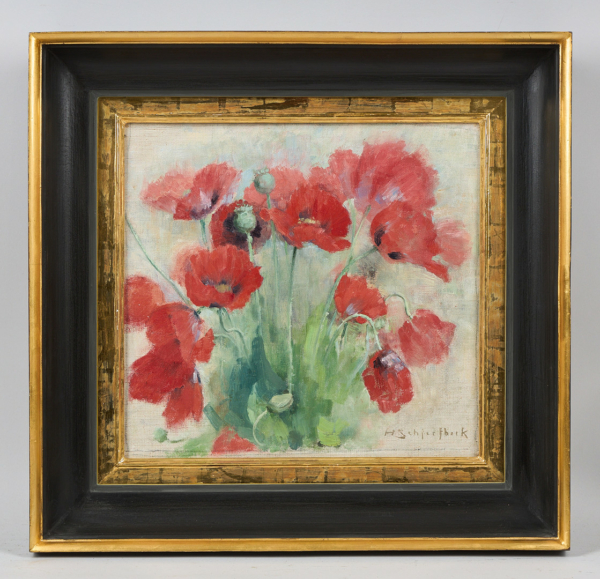
In this painting, the poppies fill the entire canvas, reaching beyond its edges. The flowers are also in different stages of their life cycle – some have already formed seed pods, while others are at their peak, with vibrant red petals. The painting is one of the most impressionistic works in Schjerfbeck’s body of work, in terms of its colours, technique, and composition. The harmony between the sharply defined flowers and stems, which softly blend into the surrounding space, is executed with great delicacy, creating a sense of variety and space. The contrasts between the different shades of green and red are skilfully controlled. The eye and mind can take many journeys while observing the painting. The poppies form a kind of wreath around the green heart of the painting. The poppy theme remained a part of Schjerfbeck’s work until the early 1890s. After that, she did not revisit the motif, even though it became a favourite flower among her symbolist peers.
Leena Ahtola-Moorhouse
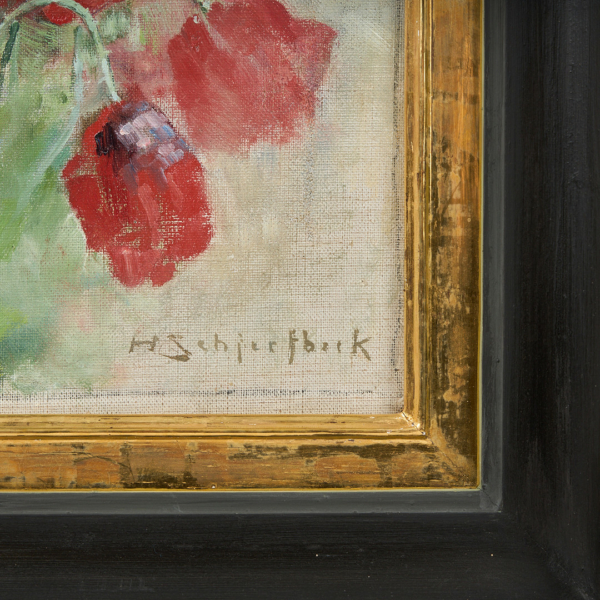
Contact our specialist for further questions
